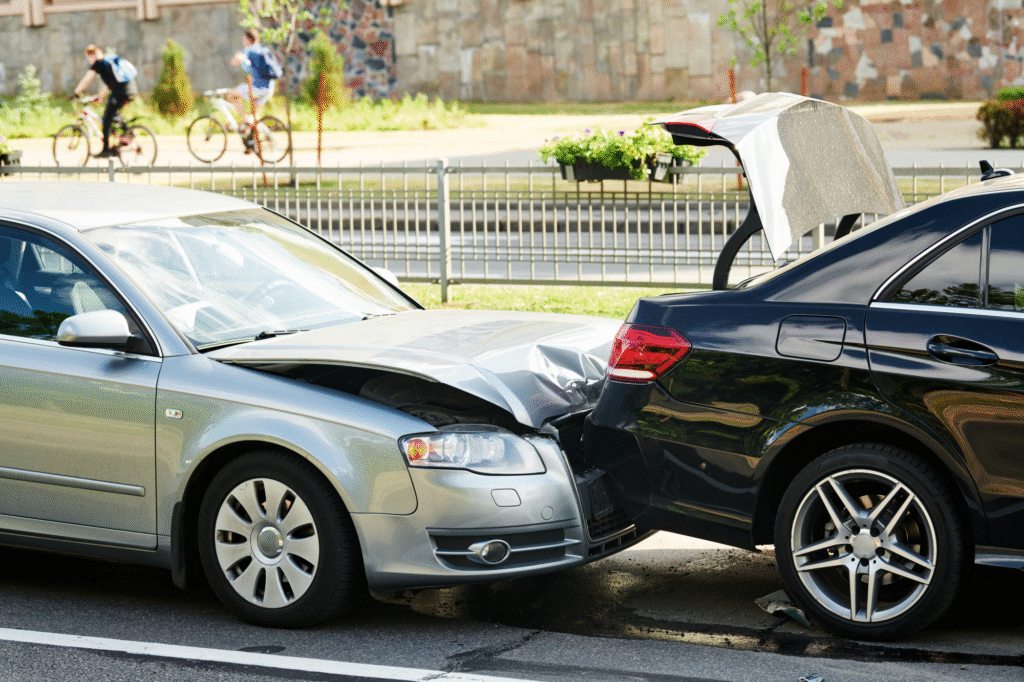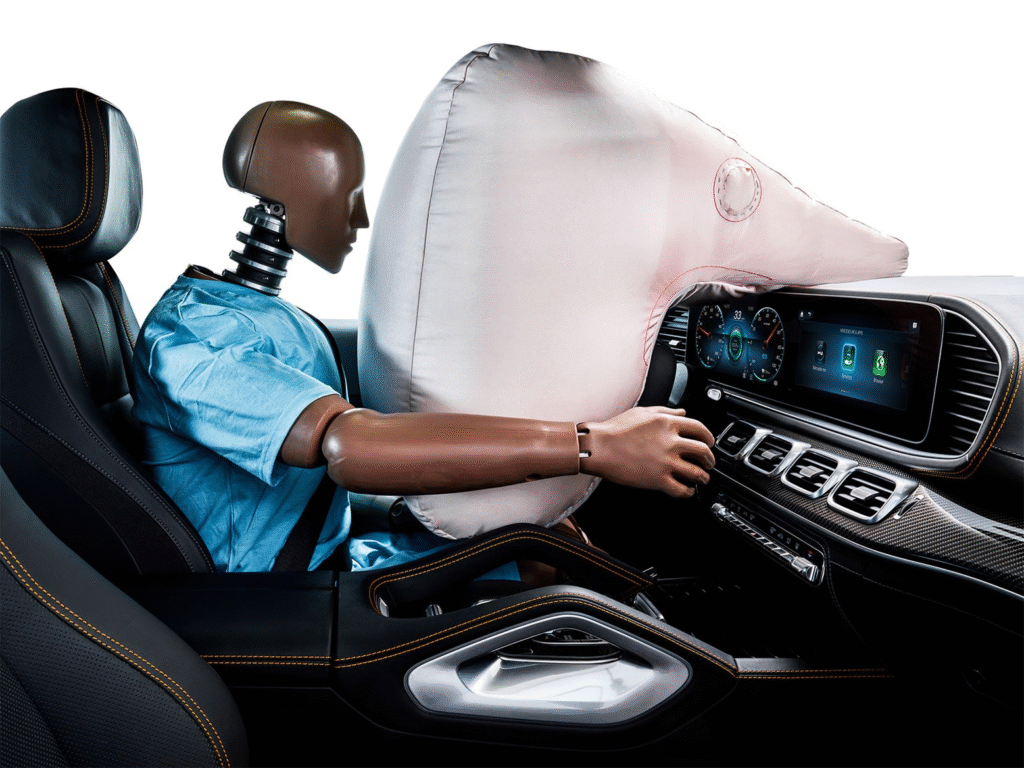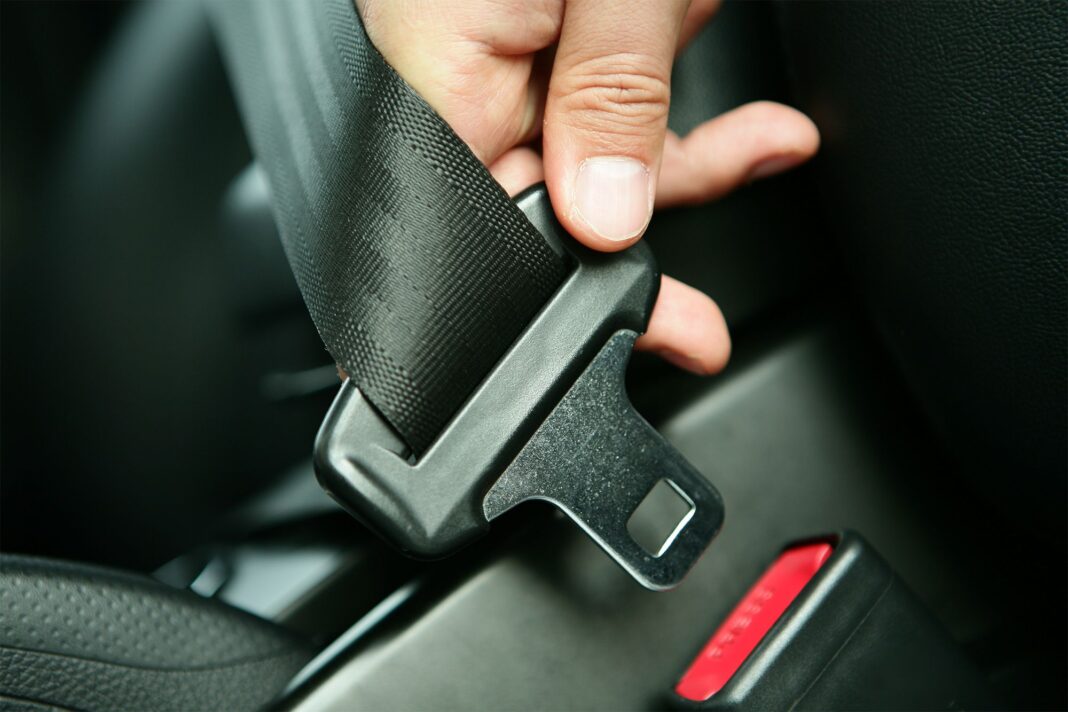The wearing of seatbelts is not just an act to satisfy police officers; seatbelts are an important part of the car for a reason. However, many drivers and passengers are reluctant to use the seatbelt for reasons, mostly due to discomfort.
Road traffic crashes are a significant issue in Ghana, causing nearly 2000 deaths annually. Seatbelts are recognized as a crucial strategy to prevent injuries and fatalities. In 2004, Ghana made seatbelts compulsory in all vehicles through ACT 683 of 2004 and the road traffic regulations of 2012. However, studies show no significant improvement since then, with the seatbelt usage rate still unacceptably low. A 2010 study reported a 17.6% overall driver seatbelt use rate and 4.9% among front-right passengers.
Drivers and passengers need to know that putting on the seatbelt belt is important for many reasons. This article dives into some of them.
Protection from ejection

When a crash happens, a passenger who is not wearing a seatbelt may be thrown, which raises the possibility of fatal injury. The purpose of seat belts is to secure passengers. Then, the hips, shoulders, and chest are subjected to crash forces. This lowers the likelihood of serious trauma, lessens stress on sensitive areas, and stops excessive movement. Pretensioners, load limiters, and shoulder and lap belts are examples of contemporary seat belt systems that offer the most restraint and comfortable mobility under typical driving circumstances. These make things even safer in these circumstances.
Secondary collisions
Wearing seatbelts helps shield car occupants from colliding with one another and other items during collisions. The purpose of seatbelts is to keep passengers firmly in place while reducing movement and spreading impact force across the chest and pelvis, which are stronger body components. Airbags are intended to cushion impacts, but they function best when properly restrained. Seat belts and airbags works well together. Airbags can result in injuries rather than prevent them if seat belts are not worn. Car occupants who wear seat belts improve overall vehicle safety.
Airbag effectiveness
Airbags provide the best possible posture and protection in the case of an accident. When worn correctly, a seat belt keeps the occupant in the right position for the airbag to go into effect, reducing the risk of injury from the force of activation.

Although they are most effective when the occupant is securely fastened with seatbelts, airbags protect the head and chest from severe injury. The body may move randomly if a seat belt is not worn, which would lessen the airbag’s effectiveness and cause more damage. In order to determine whether seat belts are being used, modern cars employ sophisticated airbag systems with sensors that regulate the intensity of activation.
Prevention of distracted driving
When driving, wearing a seat belt is essential for staying focused and in control. Without it, drivers might feel uneasy and attempt to shift positions, which could cause them to become distracted and less attentive to the road. Dangerous situations can arise from even a brief moment of distraction. Sharp turns, abrupt braking, or unanticipated bumps can cause excessive body movement when a seat belt is not worn, making control more difficult.

In severe situations, failing to wear a seat belt may cause one to slide off the seat or be flung forward during an emergency stop, which would raise the possibility of losing control. Wearing a seat belt helps you stay focused, steady, and centered so you can drive safely and without unnecessary distractions.
Legal consequences
In almost every country, there are laws that govern the use of seatbelts, and people face consequences such as fines or even harsher penalties for not wearing them. That is why they are quick to put their seatbelt on immediately they see a police officer. While secondary enforcement laws allow infractions to be cited if the driver is stopped for another reason, primary enforcement laws allow officers to stop and ticket drivers for simply failing to wear seat belts. In addition to preventing fines, obeying seat belt laws promotes responsible driving, shows respect for safety rules, and protects passengers.




